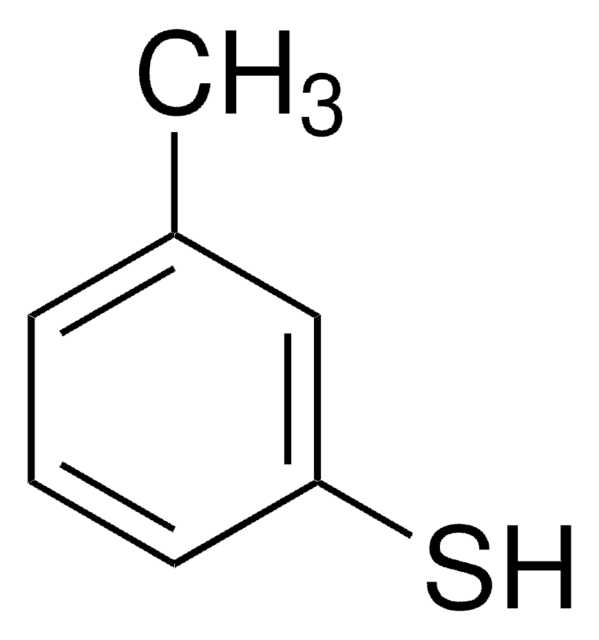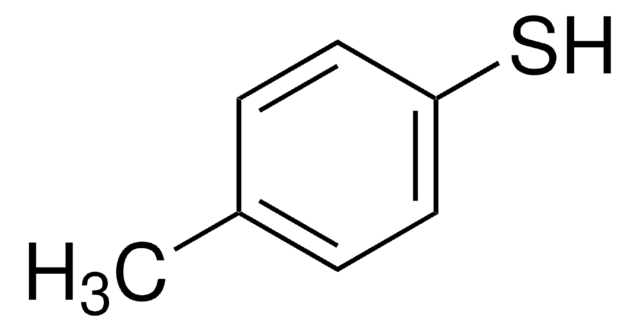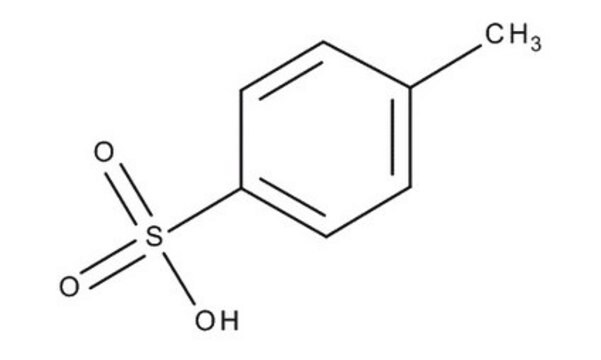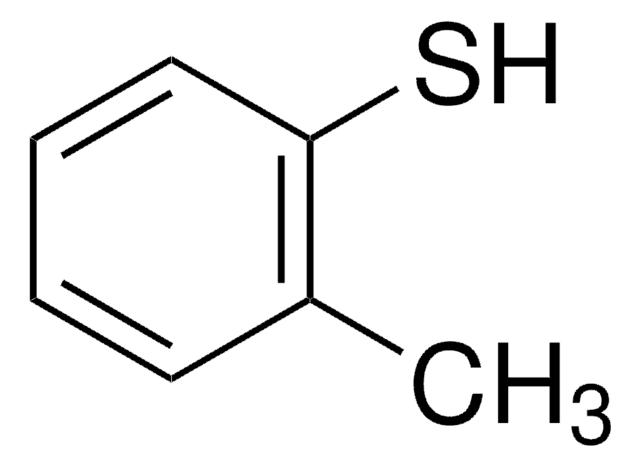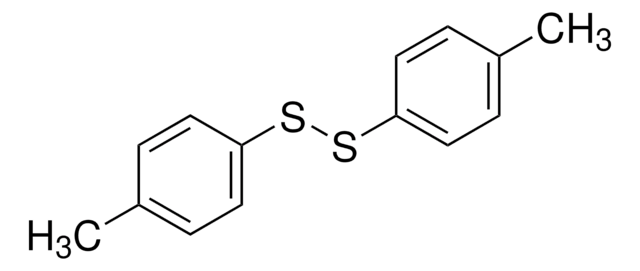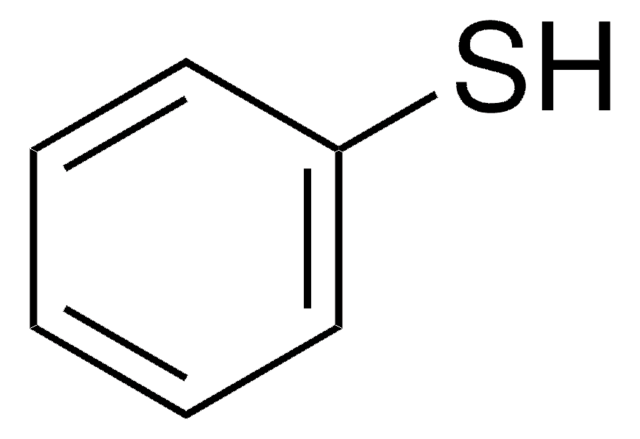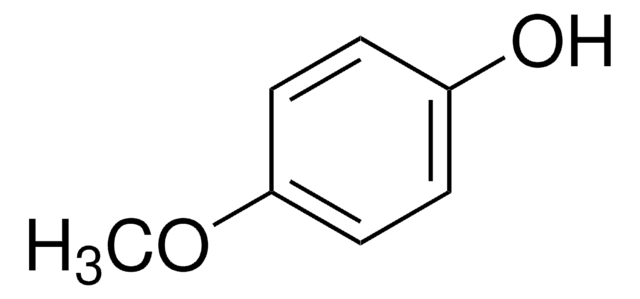T35920
p-Toluenesulfonic acid monohydrate
ReagentPlus®, ≥98%
Synonym(s):
4-Methylbenzenesulfonic acid monohydrate, 4-Toluenesulfonic acid monohydrate, PTSA monohydrate, TsOH monohydrate
About This Item
Recommended Products
grade
reagent
Quality Level
vapor density
5.9 (vs air)
5.9 (vs air)
product line
ReagentPlus®
assay
≥98%
form
solid
mp
103-106 °C ((lit.))
103-106 °C (lit.)
functional group
tosylate
SMILES string
[H]O[H].Cc1ccc(cc1)S(O)(=O)=O
InChI
[1S/C7H8O3S.H2O/c1-6-2-4-7(5-3-6)11(8,9)10;/h2-5H,1H3,(H,8,9,10);1H2]
1S/C7H8O3S.H2O/c1-6-2-4-7(5-3-6)11(8,9)10;/h2-5H,1H3,(H,8,9,10);1H2
InChI key
[KJIFKLIQANRMOU-UHFFFAOYSA-N]
KJIFKLIQANRMOU-UHFFFAOYSA-N
Looking for similar products? Visit Product Comparison Guide
Related Categories
Application
Legal Information
signalword
Danger
hcodes
Hazard Classifications
Eye Dam. 1 - Met. Corr. 1 - Skin Corr. 1C - STOT SE 3
target_organs
Respiratory system
Storage Class
8A - Combustible corrosive hazardous materials
wgk_germany
WGK 1
flash_point_f
Not applicable
flash_point_c
Not applicable
ppe
dust mask type N95 (US), Eyeshields, Faceshields, Gloves, type P3 (EN 143) respirator cartridges
Choose from one of the most recent versions:
Already Own This Product?
Find documentation for the products that you have recently purchased in the Document Library.
Protocols
Separation of p-Toluenesulfonic acid (PTSA); Pyrimethamine
Our team of scientists has experience in all areas of research including Life Science, Material Science, Chemical Synthesis, Chromatography, Analytical and many others.
Contact Technical Service
